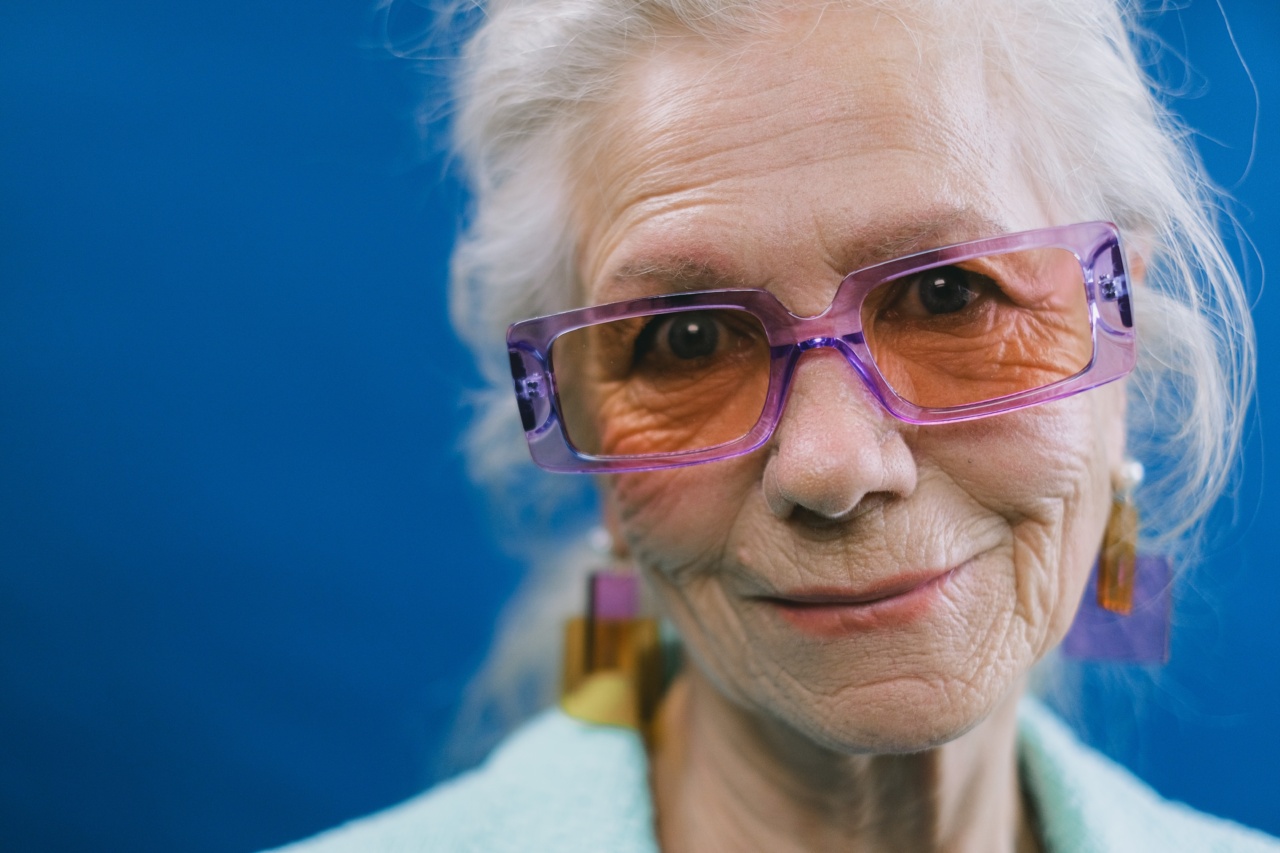Vision is one of our most valuable senses, allowing us to see the world around us. However, as we age, our vision begins to deteriorate, and we may sometimes experience changes in vision due to certain illnesses.
Here are 30 changes that may occur in our vision with age and illness:.
Age-Related Vision Changes
1. Presbyopia
As we age, our eyes lose the ability to focus on nearby objects, which is known as presbyopia. This condition usually affects people over the age of 40.
2. Reduced Contrast Sensitivity
Reduced contrast sensitivity can make it difficult to distinguish between objects that have a similar color or tone, especially in low-light environments.
3. Increased Sensitivity to Glare
As we age, our eyes become more sensitive to bright lights and glare, making it difficult to see oncoming traffic or navigate through a dimly lit room.
4. Dry Eyes
As we age, our tear production decreases which leads to dry eyes. Dry eyes can cause irritation, burning, and blurred vision.
5. Cataracts
Cataracts are a common age-related condition that causes the eye’s lens to become cloudy, leading to blurred vision, color distortion, and sensitivity to light.
6. Age-Related Macular Degeneration
Age-related macular degeneration (AMD) is a progressive condition that affects the retina, causing a loss of central vision.
7. Floaters
As we age, the vitreous, or the gel-like substance in our eyes, becomes more liquified and can cause floaters. Floaters appear as tiny specks or dots that seem to float across your eye.
8. Reduced Depth Perception
As we age, our ability to perceive distances and spatial relationships between objects decreases, leading to problems with depth perception.
9. Night Vision Problems
As we age, it becomes more difficult to see in low-light environments, affecting our night vision. This is because the pupils become smaller, making it harder to let in enough light.
10. Reduced Peripheral Vision
As we age, we may notice a reduction in our peripheral vision, making it difficult to see objects to the side or above us.
Illness-Related Vision Changes
11. Glaucoma
Glaucoma is a condition that damages the optic nerve and can cause a loss of peripheral vision. If left untreated, it can result in complete vision loss.
12. Diabetic Retinopathy
Diabetic retinopathy is a condition that affects people with diabetes. It causes damage to the blood vessels in the retina, resulting in vision loss.
13. Multiple Sclerosis
Multiple sclerosis (MS) is an autoimmune disease that affects the central nervous system, including the optic nerve. This can cause blurred vision, double vision, or even blindness.
14. Traumatic Brain Injury
A traumatic brain injury (TBI) can cause damage to the visual processing centers of the brain, leading to vision changes such as double vision, light sensitivity, and difficulty focusing.
15. Migraines
Migraines can cause visual disturbances such as flashes of light, blind spots, and tunnel vision. These changes may occur before or during a migraine headache.
16. Retinal Detachment
Retinal detachment is a serious condition that occurs when the retina becomes separated from the back of the eye. This can cause floaters, flashes of light, and a sudden loss of vision.
17. Stroke
A stroke can cause vision changes such as double vision, vision loss, or blurred vision. The extent of the visual changes depends on the location and severity of the stroke.
18. Lyme Disease
Lyme disease is a tick-borne illness that can cause vision changes such as blurred vision, double vision, and sensitivity to light.
19. Uveitis
Uveitis is an inflammatory condition that affects the uvea, the middle layer of the eye. It can cause blurred vision, floaters, and sensitivity to light.
20. Parkinson’s Disease
Parkinson’s disease is a neurological condition that can cause vision changes such as blurred vision, double vision, and difficulty tracking moving objects.
Prevention and Treatment
21. Regular Eye Exams
Regular eye exams can detect age-related changes early and identify any potential eye problems that may arise due to illness.
22. Quit Smoking
Smoking can increase the risk of developing age-related eye diseases such as AMD and cataracts. Quitting smoking can help reduce the risk of these conditions.
23. Wear Sunglasses
Wearing sunglasses can protect the eyes from harmful UV rays, which can cause cataracts and other eye problems.
24. Eat a Nutritious Diet
A diet rich in fruits and vegetables can be beneficial to eye health. Foods such as spinach, kale, and broccoli contain antioxidants that help protect the eyes from damage.
25. Manage Chronic Health Conditions
If you have a chronic health condition such as diabetes, it’s important to manage it properly to reduce the risk of developing diabetic retinopathy and other eye problems.
26. Use Proper Lighting
Using proper lighting when reading or performing other tasks can reduce eye strain and prevent age-related changes in vision.
27. Use Corrective Lenses
If you have presbyopia or other vision problems, using corrective lenses can help correct your vision and prevent further changes in your eyesight.
28. Take Breaks
If you spend a lot of time on the computer or reading, taking frequent breaks can reduce eye strain and prevent fatigue.
29. Treat Eye Infections Promptly
If you have an eye infection, getting prompt treatment can prevent the infection from causing permanent damage to your eyesight.
30. Wear Safety Glasses
If you work in an environment where eye injuries are common, wearing safety glasses can help protect your eyes from damage.
Conclusion
Changes in our vision are a natural part of aging, and they can also occur due to certain illnesses. However, there are steps we can take to prevent or treat these changes and preserve our vision for as long as possible.



























